Baby Boomers grew up with a variety of household items and activities that have since faded from common use. This article explores 17 notable examples that highlight a time when technology was less advanced, and daily life involved more manual effort and patience.
1. Rotary Phones
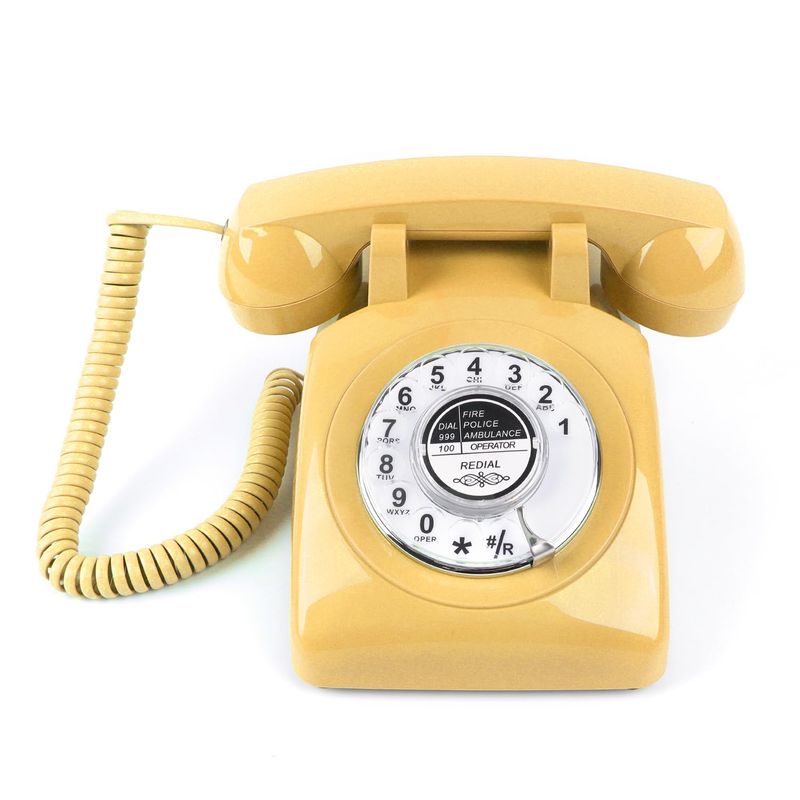
Rotary phones were once a staple in every household, their mechanical dials a source of both fascination and impatience. Users would insert a finger into the desired number’s hole, rotate the dial to the stopper, and release. The process was time-consuming, especially for long numbers, yet it was an integral part of daily life.
The tactile nature of rotary phones created a connection between the user and the technology, something modern touchscreens can’t replicate. The sound of the dial returning to position is a memory etched into the minds of those who lived through this era.
2. VHS Tapes and VCRs
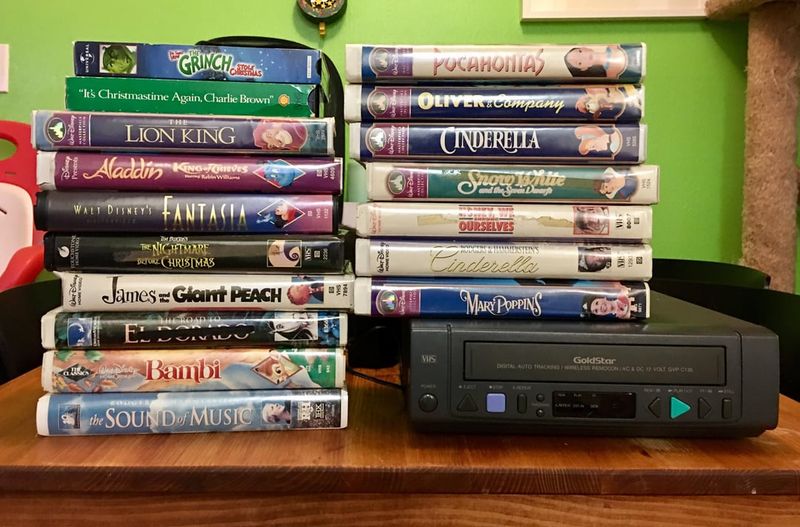
Before the convenience of streaming services, families gathered around the VCR for movie nights. The bulky VHS tapes were rewound after each viewing, a gentle reminder to “Be Kind, Rewind.”
VCRs, with their flashing 12:00 clocks, were both cherished and cursed. The joy of recording a favorite show or movie, realizing too late that the tape had reached its end, remains a unique memory. Despite the clunky technology, the anticipation of watching a cherished film gave each viewing a special sense of occasion.
3. Typewriters
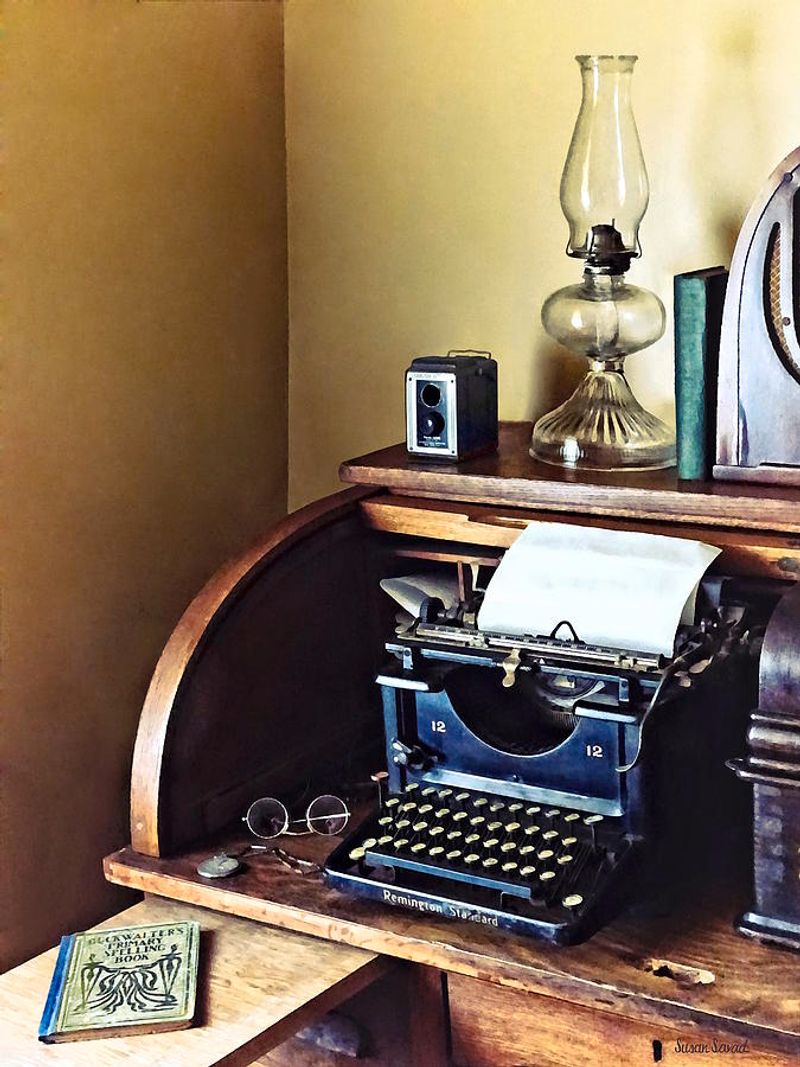
Before computers dominated the writing world, typewriters were the primary tool for putting thoughts to paper. The rhythmic clatter of keys, combined with the distinct ding signaling the end of a line, created a symphony unique to writing on a typewriter.
Writers had to be deliberate, as mistakes meant starting over or using correction tape. Despite these challenges, the tactile feedback and the satisfaction of seeing words appear on paper made typewriting a cherished experience. The physicality of the process connected creators to their work in a profound way.
4. Polaroid Cameras
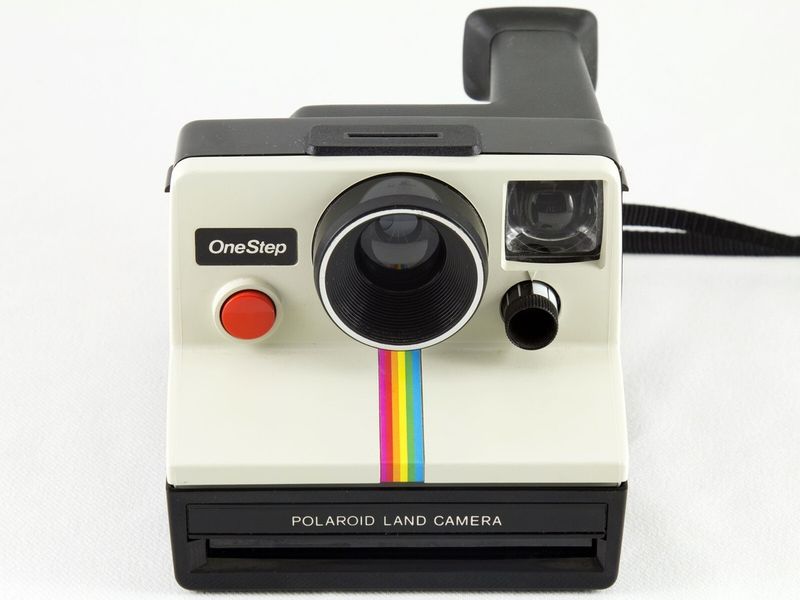
The Polaroid camera offered the magic of instant photography. A click, a whirl, and out popped a developing photo, eagerly shaken by its owner. This instant gratification made Polaroids a favorite at family gatherings and parties.
Every photo was unique, capturing a moment in time with its own imperfections and quirks. The tangible nature of Polaroid pictures created an emotional connection, something digital images often lack. Their characteristic white borders and distinct colors make them an enduring symbol of a bygone era.
5. Encyclopedia Sets

In the pre-internet age, encyclopedias were the gateway to a world of knowledge. These hefty volumes, often occupying a full shelf, were the go-to source for homework help and inquisitive minds.
The anticipation of flipping through pages to uncover new facts was a familiar ritual. Families often displayed these books prominently, showcasing their commitment to education. The tactile experience of holding a book and the smell of its pages created a sensory journey that digital screens fail to mimic. Encyclopedias represented a tangible connection to learning.
6. Record Players
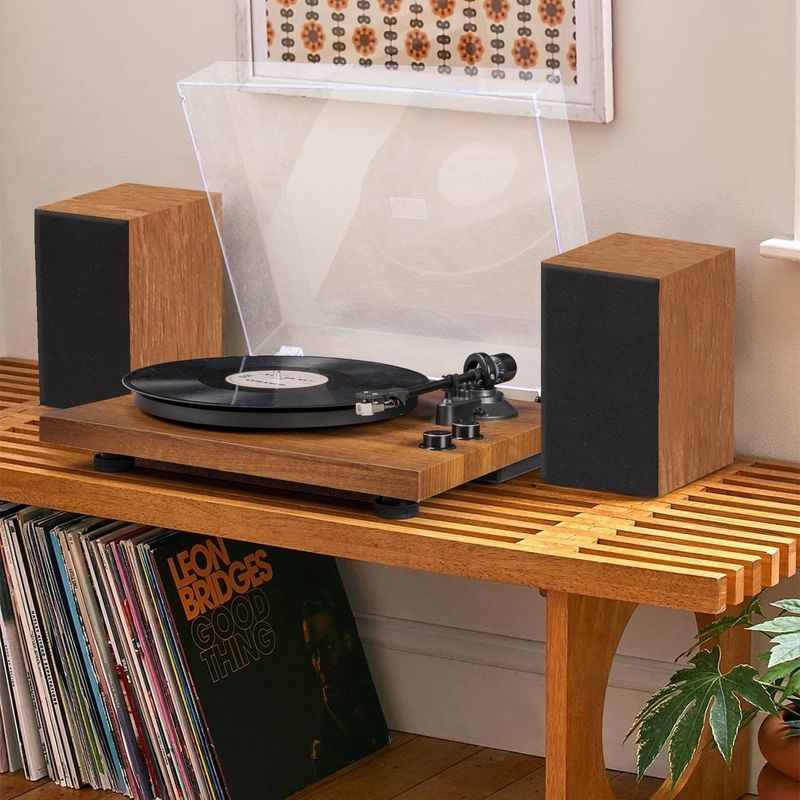
Record players were the heartbeats of many homes, spinning vinyl records that filled rooms with rich, analog sound. The act of carefully placing the needle on the record required a delicate touch, enhancing the listening experience.
Each crackle and pop added character to the music, creating a personal connection between listener and artist. Album covers, often works of art themselves, were proudly displayed. Despite the convenience of digital music, the ritual of playing a record remains a cherished memory, providing an immersive experience unmatched by modern technology.
7. Sewing Machines
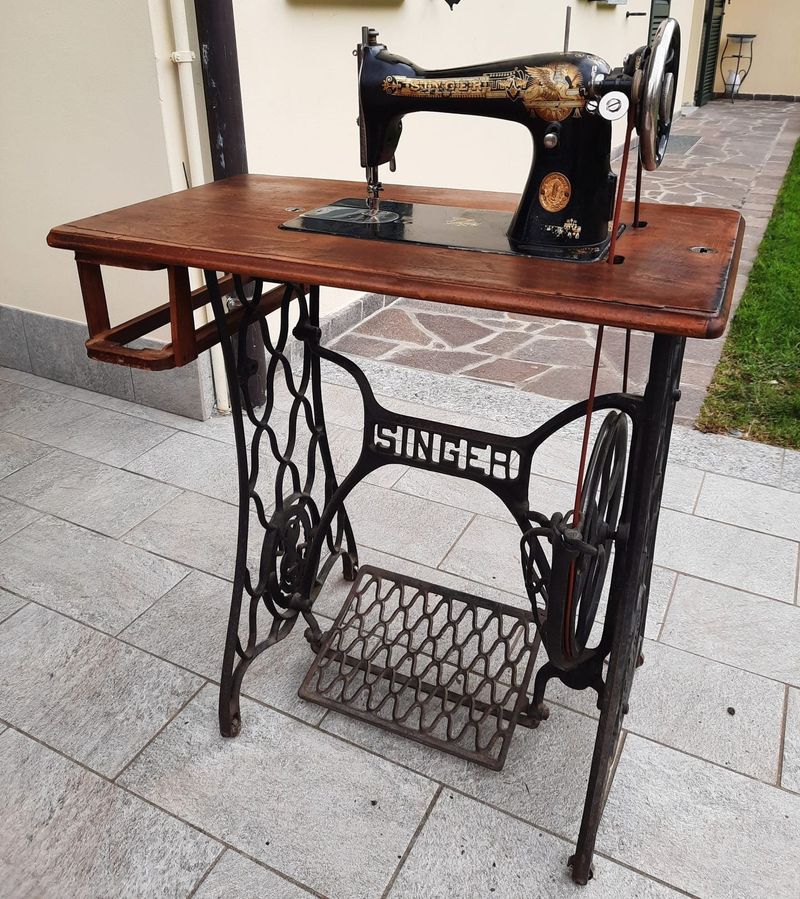
Sewing machines once buzzed in many homes, where creativity and necessity met. These machines were essential for mending clothes or crafting unique garments, long before fast fashion dominated wardrobes.
The rhythmic hum of a sewing machine was a comforting backdrop as garments were brought to life. The skills passed down through generations connected families, bonding over shared projects. Though modern conveniences have diminished home sewing, the satisfaction of wearing something handmade remains a cherished memory for those who experienced it.
8. Milk Delivery

Before supermarkets dominated the landscape, milkmen delivered fresh milk in glass bottles to doorsteps. The clinking of bottles in the early morning was a comforting sound signaling a new day.
This brought communities together, as neighbors waved to the milkman and exchanged morning greetings. The returnable glass bottles were a sustainable practice, long before eco-friendly living became a trend. Milk delivery was more than just a convenience; it was a neighborhood ritual that fostered community spirit.
9. Phone Books
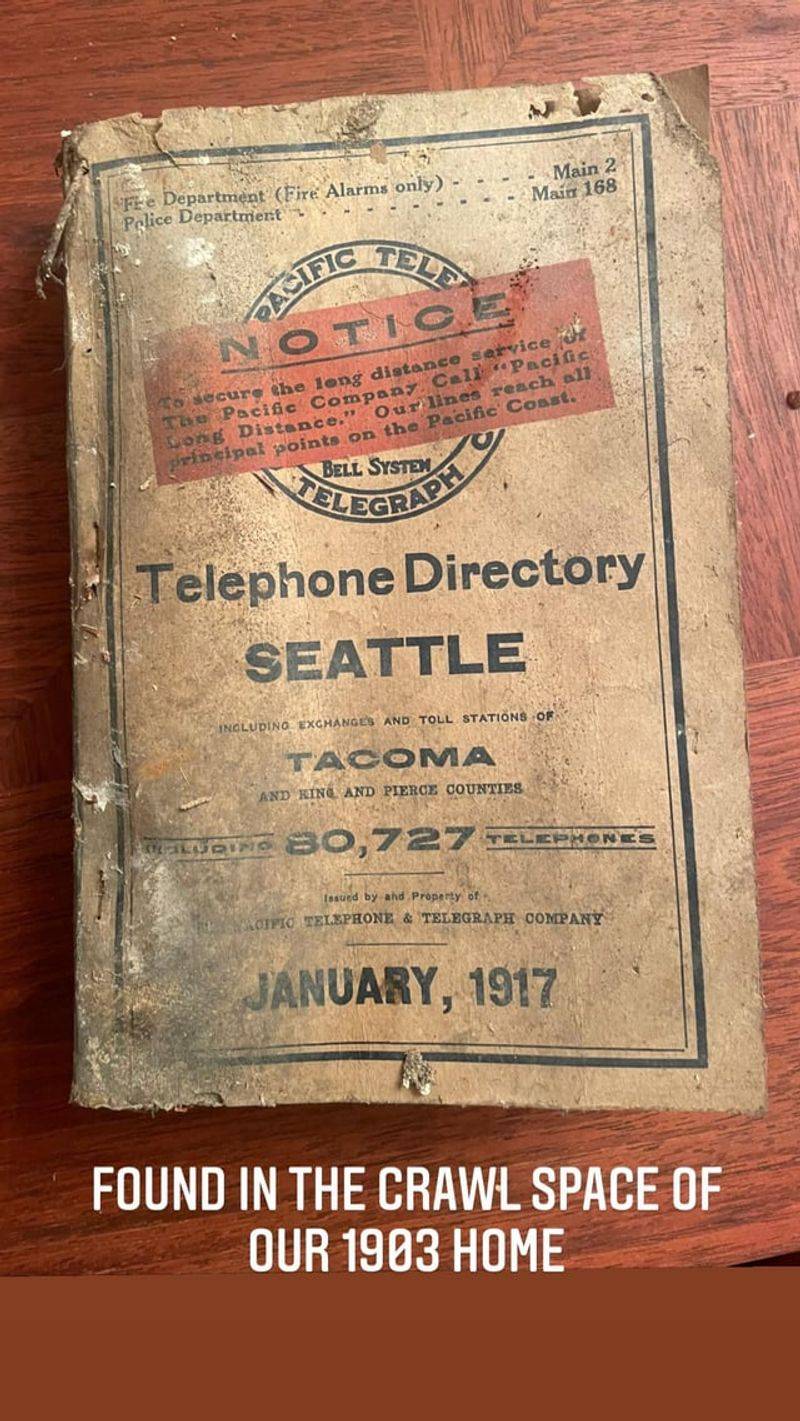
Phone books were once an indispensable household item, a bulky directory of names and numbers. Families relied on these tomes to find contact details long before smartphones simplified the process.
Flipping through pages, tracing fingers down columns, was an everyday task. Phone books also doubled as booster seats or doorstops in many homes. Their decline marks the shift towards digital convenience, yet their physical presence in homes was a testament to a time when information was sought manually.
10. Gas Lamps
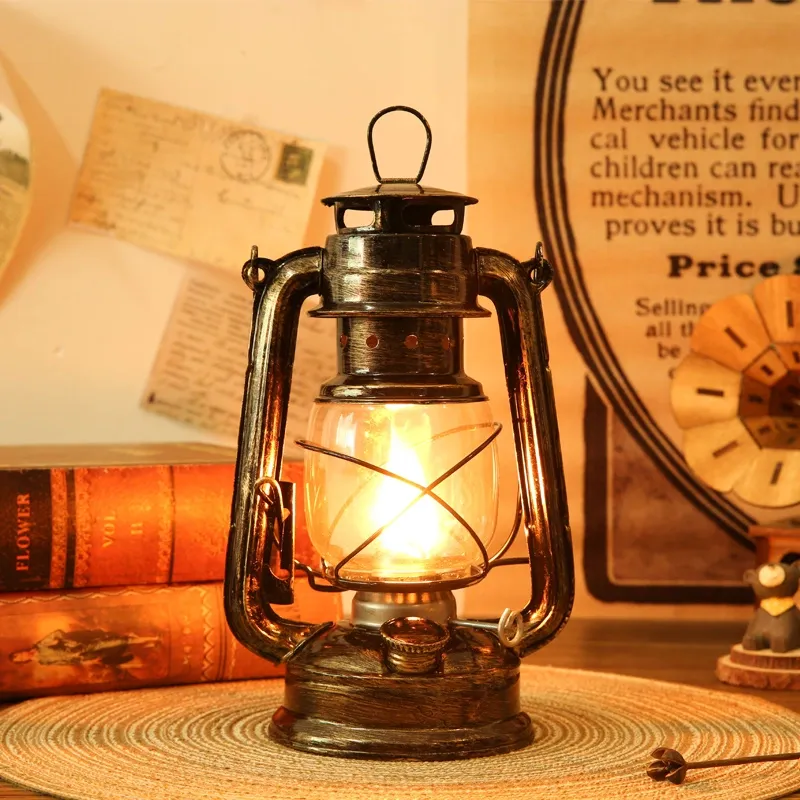
Gas lamps illuminated homes long before electricity became widespread. Their soft, flickering glow created a warm and inviting atmosphere, casting shadows that danced on walls.
Lighting a gas lamp was an art, requiring a gentle touch and patience. The scent of gas mixed with the warmth of the flame is a memory that lingers for those who experienced this era. Despite their eventual replacement by electric lights, gas lamps hold a nostalgic place in the history of home lighting.
11. Iceboxes

Before modern refrigerators, iceboxes were the solution for preserving food. These wooden cabinets housed large blocks of ice, keeping perishables cool for longer periods.
Families would purchase ice from deliverymen, filling their iceboxes regularly. The challenges of maintaining the right temperature made meal planning an art form. Iceboxes, though primitive, represented a step forward in food preservation, laying the groundwork for today’s refrigeration technology.
12. Manual Lawn Mowers
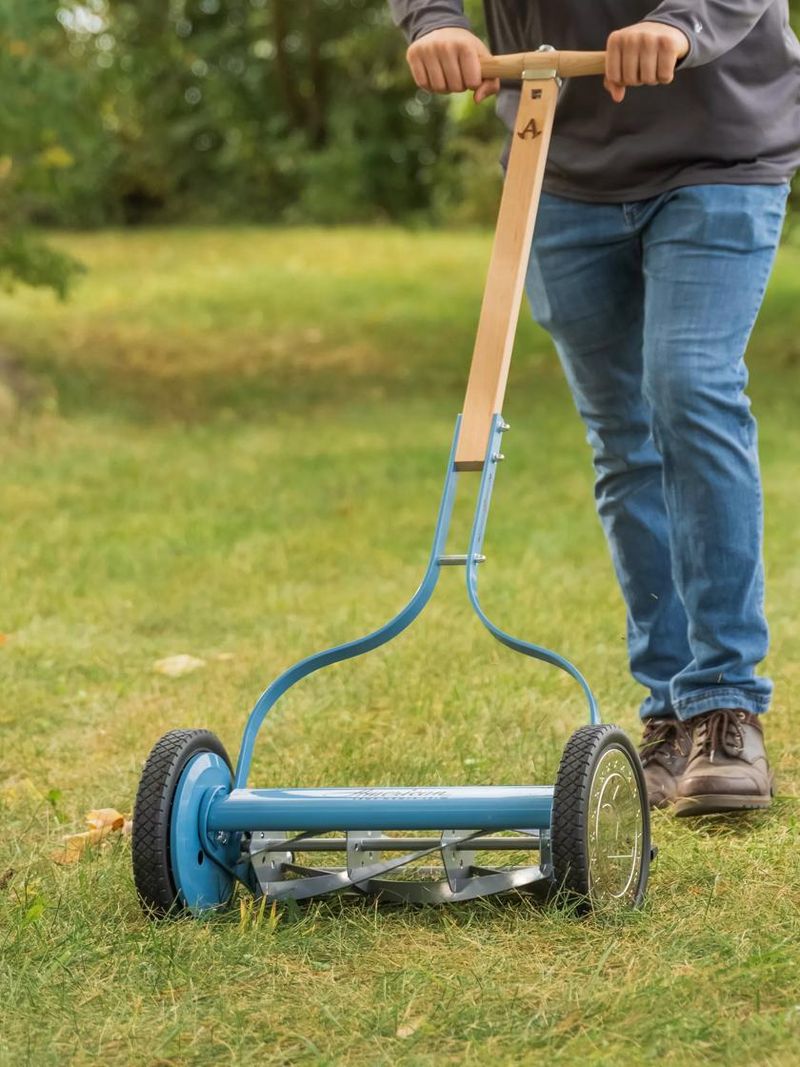
For Baby Boomers, maintaining a lawn meant using manual push mowers. These mowers, powered by human effort, required persistence and strength to keep gardens tidy.
The rhythmic churning of blades and the smell of freshly cut grass are memories associated with this chore. Despite the effort, manual mowing allowed for a connection to the outdoors, offering a sense of accomplishment. A neatly trimmed lawn was a badge of pride, reflecting care and commitment to one’s home.
13. Wood-Burning Stoves
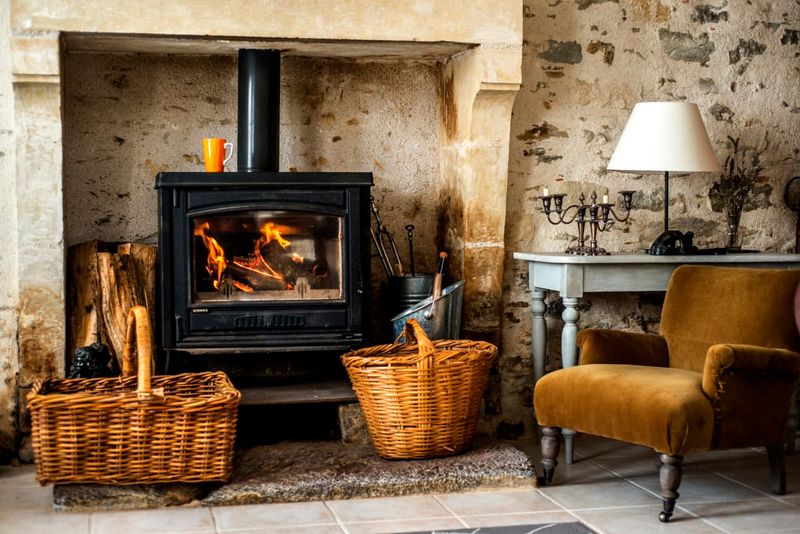
Wood-burning stoves were central to many homes, their warmth and aroma creating a comforting environment. Cooking on these stoves required skill and patience, as maintaining the right temperature was an art.
The process of chopping wood, igniting a fire, and tending to meals connected families to their food and each other. Despite modern conveniences, the nostalgia for wood-burning stoves remains, symbolizing a simpler, more hands-on approach to home life.
14. House Calls by Doctors

In an era before crowded doctor’s offices, physicians made house calls, bringing care directly to patients’ homes. This personalized approach fostered trust and comfort between doctors and families.
Seeing a doctor arrive at the doorstep was reassuring, especially for the sick and elderly. The black leather bag, filled with medical essentials, is an image etched in the memories of many. House calls represented a time when healthcare was more intimate and accessible, a stark contrast to today’s impersonal medical systems.
15. Party Lines
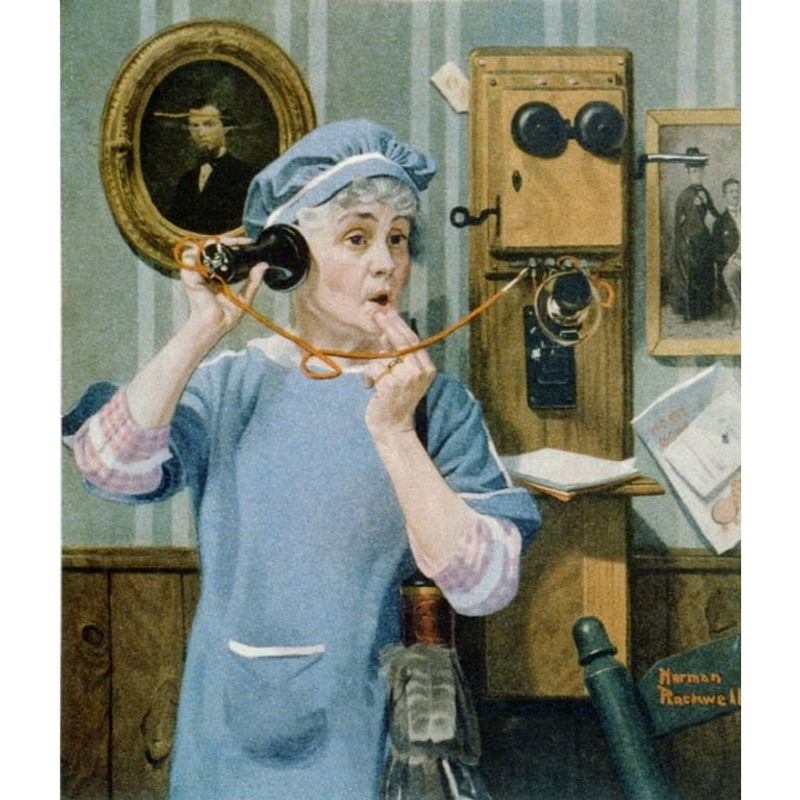
Party lines were a unique telephone service where multiple households shared a single line. Eavesdropping was a common risk, as any neighbor could pick up their phone and listen in.
Despite privacy concerns, party lines fostered community interaction, as neighbors often chatted while waiting for the line to free up. Signals like rings and clicks became part of the conversation. Their decline marks the rise of individual communication, yet they remain a nostalgic reminder of shared life experiences.
16. Breadboxes
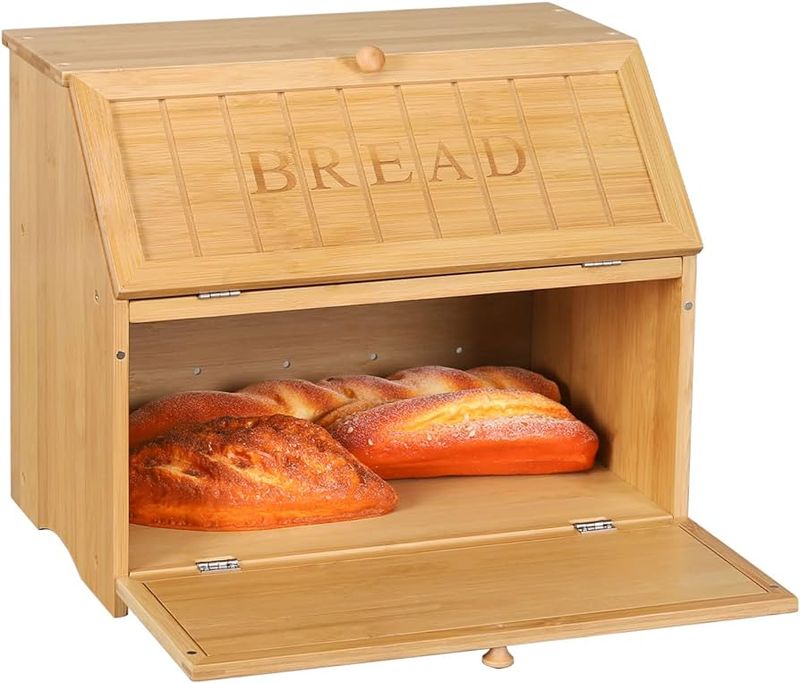
Breadboxes were a staple in kitchens, keeping bread fresh in the pre-preservative era. These boxes, often made of wood or metal, sat on countertops, protecting bread from molds and pests.
The ritual of slicing into a fresh loaf, the aroma filling the kitchen, is a cherished memory. Breadboxes, by design, encouraged the consumption of natural, preservative-free bread, connecting families to wholesome, home-baked traditions. Their presence in kitchens signified a commitment to freshness and quality.
17. Canning Jars

Canning jars were essential for preserving seasonal fruits and vegetables, a practice handed down through generations. The process of boiling jars, filling them with produce, and sealing them was a labor of love.
Canning allowed families to enjoy homegrown foods year-round, fostering a connection to self-sufficiency. The sight of neatly lined jars, filled with colorful preserves, was both satisfying and a testament to hard work. Canning remains a nostalgic reminder of a time when homemade was valued over store-bought convenience.

